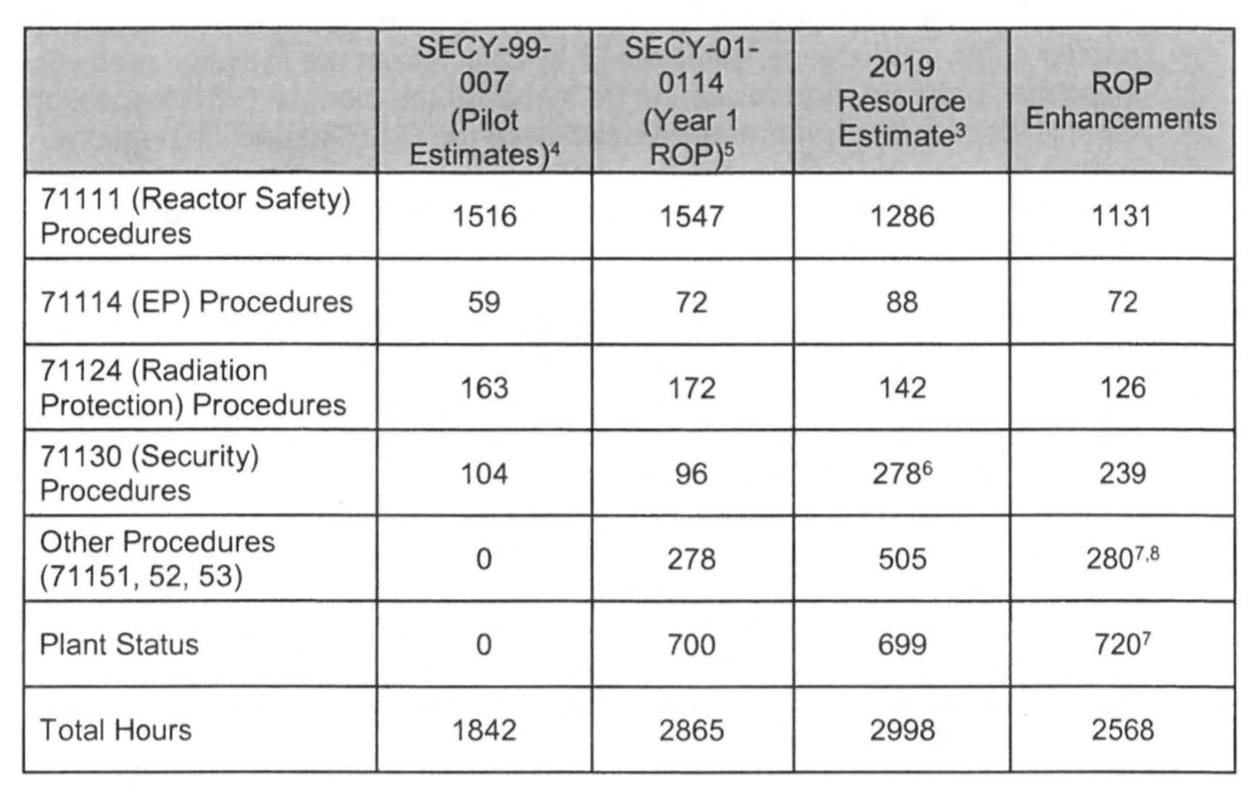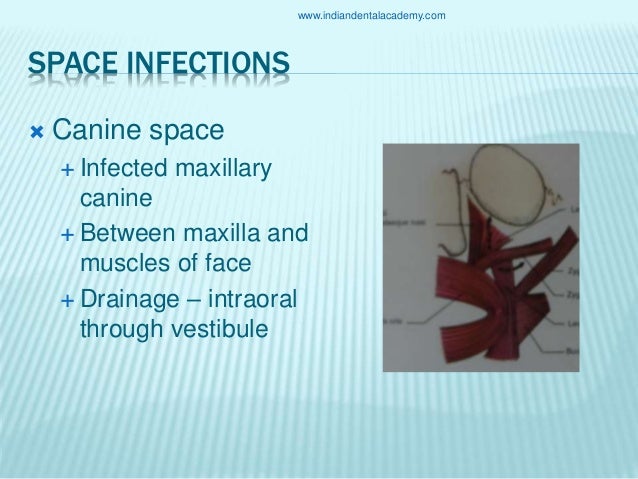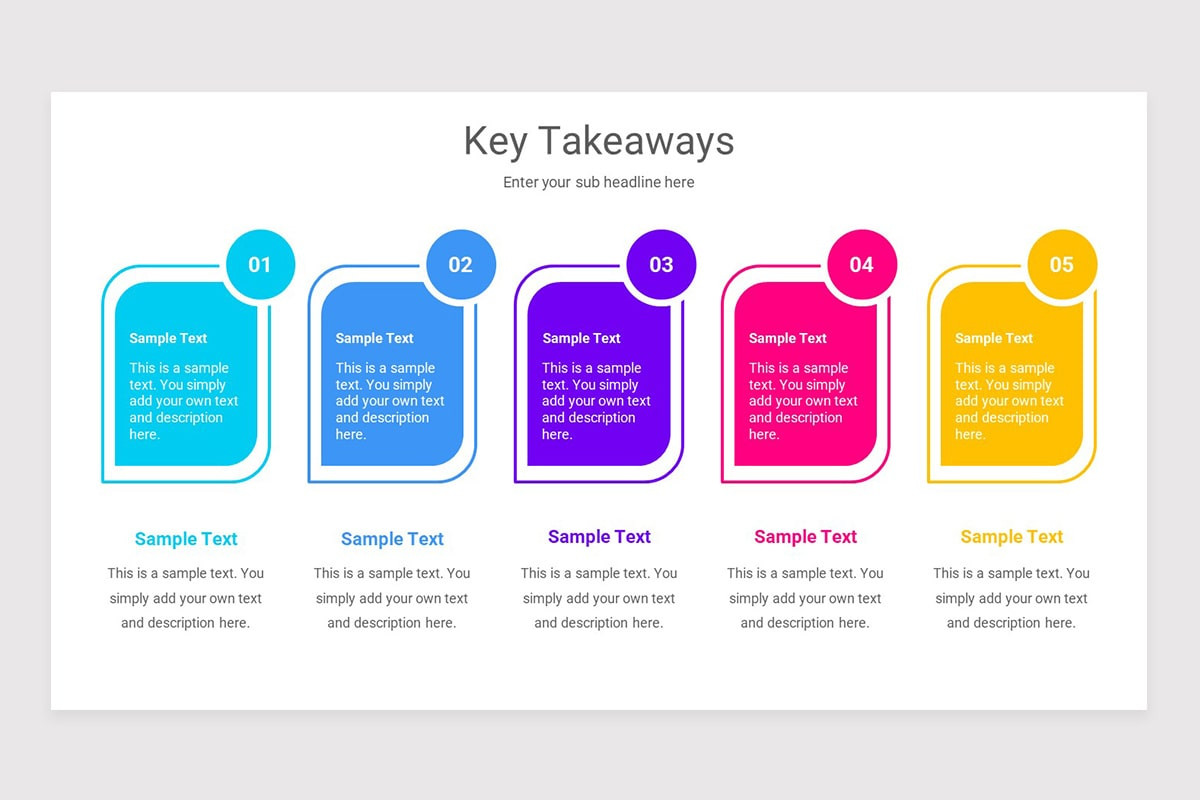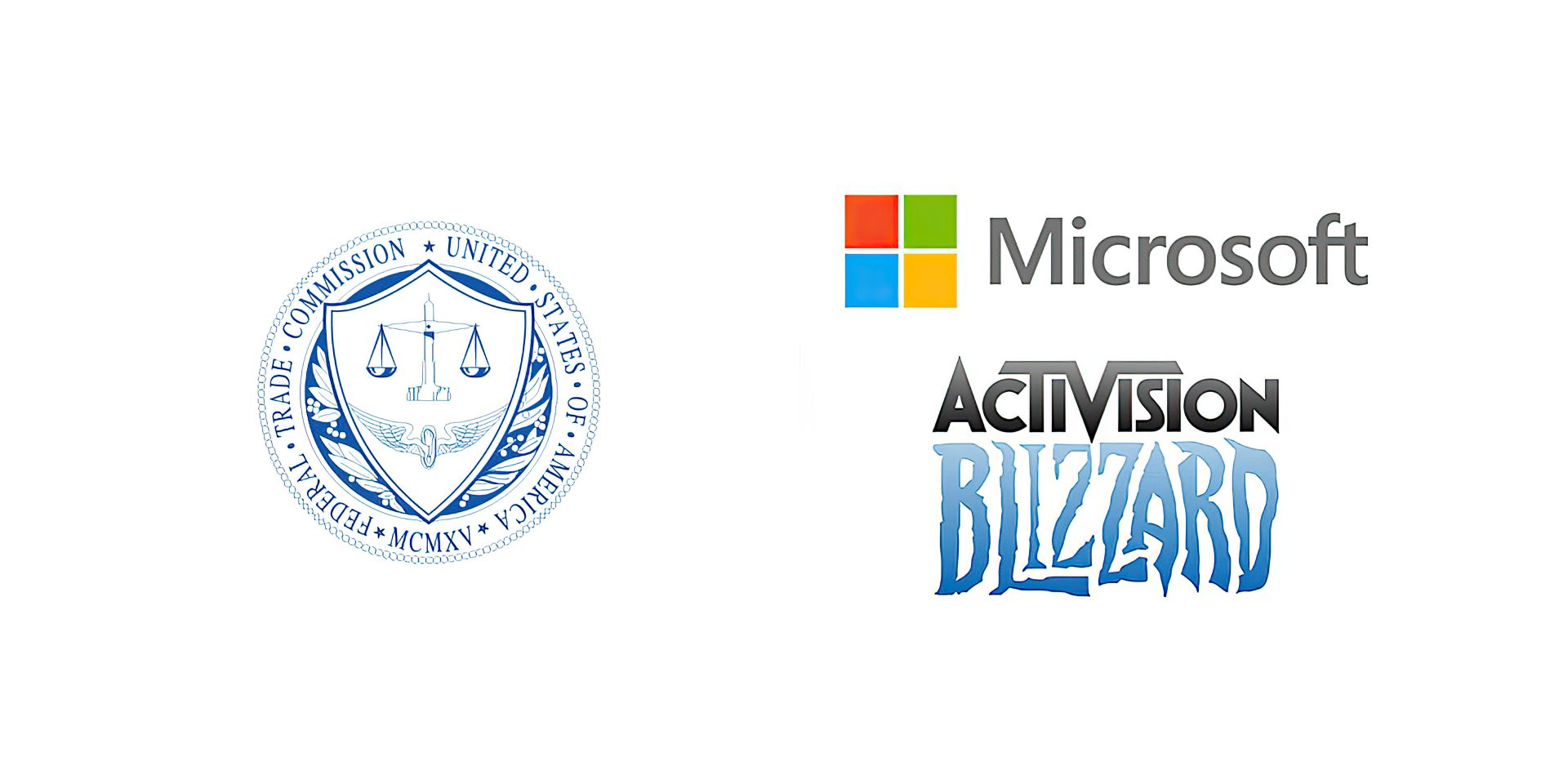Understanding The NRC's Review Process For Reactor Power Uprates

Table of Contents
Initiating the Reactor Power Uprate Process
Before a nuclear power plant can even consider increasing its power output, a significant amount of groundwork must be laid. The process of initiating a reactor power uprate begins with internal assessments and progresses to a formal application to the NRC. This initial phase is critical, as a well-prepared application significantly streamlines the subsequent review process. A poorly prepared application can lead to delays and increased costs.
- Internal safety assessments and feasibility studies: These initial studies assess the technical feasibility of the proposed power uprate, analyzing the plant's existing infrastructure and identifying potential areas requiring modifications or upgrades. This often involves detailed thermal-hydraulic analysis to ensure sufficient cooling capacity at the higher power level.
- Preliminary application submission to the NRC: This submission outlines the proposed uprate, its justification, and a preliminary plan for implementation. Clear and concise communication is crucial at this stage.
- Gathering necessary documentation: This involves compiling extensive documentation, including updated design specifications, operational data, and safety analysis reports (SARs). The completeness of this documentation directly impacts the efficiency of the NRC review.
- Defining the scope of the proposed power uprate: This clearly specifies the desired increase in power output, the specific systems affected, and the anticipated timeline for implementation. This precise definition prevents misunderstandings and delays.
The NRC's Safety Evaluation and Review
Once the preliminary application is submitted, the rigorous NRC review process begins. This multifaceted evaluation ensures the proposed reactor power uprate meets stringent safety standards and complies with all relevant regulations. The process is designed to thoroughly scrutinize all aspects of the proposed increase in power output.
- Detailed technical review of the plant's Safety Analysis Reports (SARs): The NRC thoroughly examines the SARs for the uprated condition, verifying the accuracy and completeness of the safety analyses. This includes detailed assessments of potential hazards and their mitigation strategies.
- Assessment of the impact on safety systems and operational procedures: The review assesses whether existing safety systems can adequately handle the increased power output. This might involve upgrades to existing systems or the implementation of new safety features. Operational procedures are also reviewed and updated to reflect the changes.
- Verification of compliance with NRC regulations and industry best practices: The NRC ensures that the proposed uprate adheres to all applicable regulations and conforms to industry best practices for safety and operational excellence. This review covers a wide range of areas, including design, construction, operation, and maintenance.
- Public comment period: The NRC provides a public comment period, allowing stakeholders, including local communities and environmental groups, to express their concerns and provide input on the proposed uprate. This public participation is a critical component of the NRC's commitment to transparency and public safety.
- Environmental impact review, complying with the National Environmental Policy Act (NEPA): This assessment evaluates the potential environmental effects of the power uprate, ensuring compliance with environmental regulations.
Key Aspects of the NRC's Review
The NRC's review delves into several critical areas, focusing on the potential impacts of the reactor power uprate on plant safety and operation.
- Thermal-hydraulic analysis: This detailed analysis ensures that the plant’s cooling systems can effectively manage the increased heat generation at higher power levels. This is often one of the most crucial aspects of the review.
- Assessment of the impact on plant aging and its management strategies: The NRC reviews the plant's aging management program to ensure that the increased power output does not accelerate degradation or compromise safety.
- Review and approval of updated emergency operating procedures and emergency plans: Updated emergency procedures are reviewed to ensure they effectively address potential accidents or incidents at the increased power level.
- Detailed analysis of potential accident scenarios and their consequences: This probabilistic risk assessment (PRA) identifies potential accidents and analyzes their likelihood and consequences, ensuring the plant can safely handle even severe events.
Licensing and Implementation of Reactor Power Uprates
Following a successful NRC review, the licensing and implementation phase commences. This involves obtaining the necessary licenses, implementing the approved modifications, and ongoing monitoring by the NRC.
- Issuance of a license amendment authorizing the reactor power uprate: Once the NRC is satisfied that all safety requirements are met, it issues a license amendment authorizing the plant to operate at the increased power level.
- Implementation of the approved modifications and upgrades to the plant: This phase involves the physical implementation of any necessary modifications or upgrades to plant systems and equipment. This requires meticulous planning and execution to ensure safety and compliance.
- Verification testing and commissioning activities: Thorough testing and commissioning are conducted to verify that all modifications and upgrades function as intended and that the plant can safely operate at the higher power level.
- Post-implementation monitoring and surveillance by the NRC: The NRC continues to monitor the plant's performance after the uprate to ensure safe and efficient operation. This ongoing oversight is a critical aspect of maintaining safety and regulatory compliance.
- Ongoing reporting requirements to the NRC: The plant operator is required to submit regular reports to the NRC, providing updates on plant performance, maintenance activities, and any unusual events.
Conclusion
Successfully navigating the NRC's review process for reactor power uprates requires meticulous preparation, thorough documentation, and a proactive engagement with the regulatory agency. Understanding the stages involved, from initial application to final licensing, is paramount for power plant operators aiming to increase their energy output safely and efficiently. This comprehensive process ensures that all safety considerations are addressed, minimizing potential risks and maximizing the reliability of the plant. By following these guidelines and actively participating in every stage, power plants can successfully achieve reactor power uprates and contribute to the reliable supply of clean energy. If you are planning a reactor power uprate, thorough preparation and understanding of the NRC's review process is essential for success. Learn more about optimizing your reactor power uprates strategy today!

Featured Posts
-
 Lottozahlen 6aus49 Ziehung Vom 19 April 2025
May 02, 2025
Lottozahlen 6aus49 Ziehung Vom 19 April 2025
May 02, 2025 -
 Fortnites Refund Policy Shift Implications For Cosmetic Items
May 02, 2025
Fortnites Refund Policy Shift Implications For Cosmetic Items
May 02, 2025 -
 Minnesota Special Election Key Takeaways From Ap Decision Notes
May 02, 2025
Minnesota Special Election Key Takeaways From Ap Decision Notes
May 02, 2025 -
 Microsoft Activision Deal Ftc Files Appeal Against Court Ruling
May 02, 2025
Microsoft Activision Deal Ftc Files Appeal Against Court Ruling
May 02, 2025 -
 Workboat Automation Tbs Safety And Nebofleet Collaboration
May 02, 2025
Workboat Automation Tbs Safety And Nebofleet Collaboration
May 02, 2025
Latest Posts
-
 Is Benson Boone Copying Harry Styles The Singers Response
May 10, 2025
Is Benson Boone Copying Harry Styles The Singers Response
May 10, 2025 -
 Benson Boone On Comparisons To Harry Styles A Direct Response
May 10, 2025
Benson Boone On Comparisons To Harry Styles A Direct Response
May 10, 2025 -
 Benson Boone Responds To Harry Styles Copying Accusations
May 10, 2025
Benson Boone Responds To Harry Styles Copying Accusations
May 10, 2025 -
 How Harry Styles Reacted To A Hilariously Bad Snl Impression
May 10, 2025
How Harry Styles Reacted To A Hilariously Bad Snl Impression
May 10, 2025 -
 Harry Styles On That Awful Snl Impression His Honest Response
May 10, 2025
Harry Styles On That Awful Snl Impression His Honest Response
May 10, 2025
